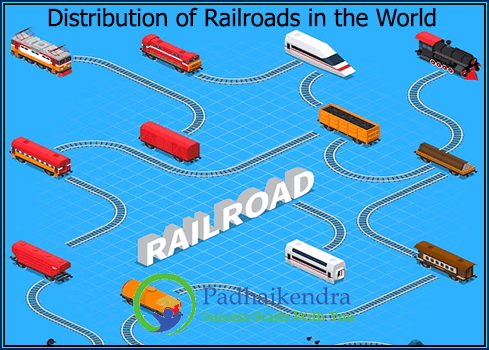Railroads are an important mode of transportation in many countries around the world. Here are some key regions and countries with extensive railroad networks:
- Europe: Europe has one of the most extensive railway networks in the world, connecting major cities and towns across the continent. The European rail network includes high-speed lines such as the Eurostar and TGV, as well as local and regional commuter trains.
- North America: The United States and Canada have a well-developed railway network, with major freight and passenger lines connecting cities and towns across the continent. The Amtrak system provides passenger rail services in the US, while Canada’s Via Rail connects major cities.
- China: China has one of the largest and most extensive railway networks in the world, with high-speed trains connecting major cities such as Beijing, Shanghai, and Guangzhou. The country has invested heavily in rail infrastructure as a means of improving transportation and stimulating economic growth.
- India: India’s railway network is one of the largest in the world, connecting major cities and towns across the country. The Indian Railways is the largest employer in the country and is an important means of transportation for millions of people every day.
- Russia: Russia has the second-largest railway network in the world, stretching over 85,500 km. The Trans-Siberian Railway, which runs from Moscow to Vladivostok, is the world’s longest railway line and a popular tourist attraction.
- Japan: Japan has one of the most advanced and efficient railway systems in the world, with high-speed trains such as the Shinkansen connecting major cities across the country. The rail network is known for its punctuality and reliability, and is an important means of transportation for millions of people every day.
Overall, railroads are an important means of transportation and economic development in many countries around the world, connecting people, goods, and economies across vast distances.





